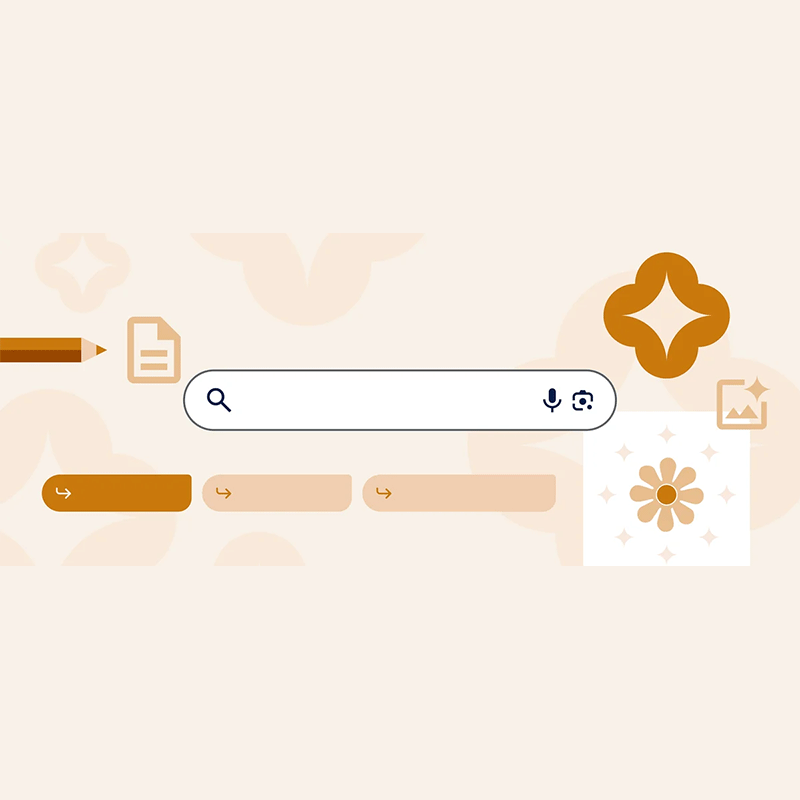
The AI field was dull and quiet, and the buzz it created mostly happened within its own field, and rarely reached far beyond its own audience.
But when OpenAI introduced ChatGPT as a AI chatbot tool, the internet was quickly captivated. This is because the AI is able to do a wide range of tasks, including writing poetry, technical papers, novels, and essays.
This worries Google, because with the chatbot can derail the way people look for information, driving away traffic from Google Search, the search engine considered Google's main source of revenue.
Following the CEO Sundar Pichai's "code red" that brought back Google founders, Larry Page and Sergey Brin, Google was too ambitious that its ChatGPT competitor made a $100 billion mistake.
When Google eventually managed to make Bard a worthy ChatGPT competitor, the rest is history.
But still, Google Search is Google's main product, and that it needs to find way to both make Bard a popular chatbot, white keeping Google Search a popular internet destination.
This results to the introduction of Google Search Generative Experience, or Google SGE.
The experimental feature at Google uses AI to provide users with more comprehensive and informative answers to their search queries. Unlike the traditional Google Search, Google SGE allows users to receive AI-powered summaries of search results, get AI-generated answers which include the ability to create follow-up questions to receive more answers, and more.
Google is constantly working to improve SGE, and this time, Google just made it a lot better.
This is because Google finally brings its AI-powered image generator to SGE.
This should make it a lot powerful, and a better rival of Microsoft's Bing, which is already equipped with an AI image generator.
As we continue to experiment with bringing generative AI to Search, we’re adding new capabilities to help you get more done — like the ability to generate imagery or create the first draft of something you need to write. Learn more https://t.co/bmWZ48gAwv
— Google (@Google) October 12, 2023
According to Google, users who have opted-in for its Google SGE should be able to create AI images directly from the Search bar.
SGE is Google’s vision for our web searching future. Rather than picking websites from a returned list, the system is able to synthesize a response to the user’s natural language prompt using the same data that the list’s links led to.
And by having its own AI-powered image generator means that the search engine can return AI-generated imagery, as opposed to just text information.
Unlike Microsoft Bing, which is at this time is powered by OpenAI's powerful DALL·E 3, Google opted to use its own AI-powered image generator called Imagen.
To use Imagen in Google SGE, users just have to type in a description of what they’re looking for, and let the AI do the rest.
Google SGE will create four different images to choose from, and allowing users to refine them further.
Users are also able to export their generated images to Google Drive or download them.
What’s more, users can also generate new AI-made images directly in Google Images.
Users can also turn Google Lens on to upload an actual, real-world products, and let the AI create new ones based on that.
The introduction of the feature means that Google is expanding its effort to conquer the generative AI realm.
Just like before, there are a number of limitations.
First of, the feature is only available in Google SGE, which is still in beta, which is only accessible for those people who opted-in to the SGE program.
Additionally, the image generation feature is initially available for only users in the U.S., in English-language applications, and for users over the age of 18.
Second, Google is playing things safe.
Having learned from its bad experience when rushing things up, the company is introducing new features more slowly, if compared to Microsoft, which still races to bring generative AI features to its products.
While Microsoft has Copilot, and that its main product, Windows, is already having its own generative AI, Google doesn't want its core product, Google Search, to have this feature yet.